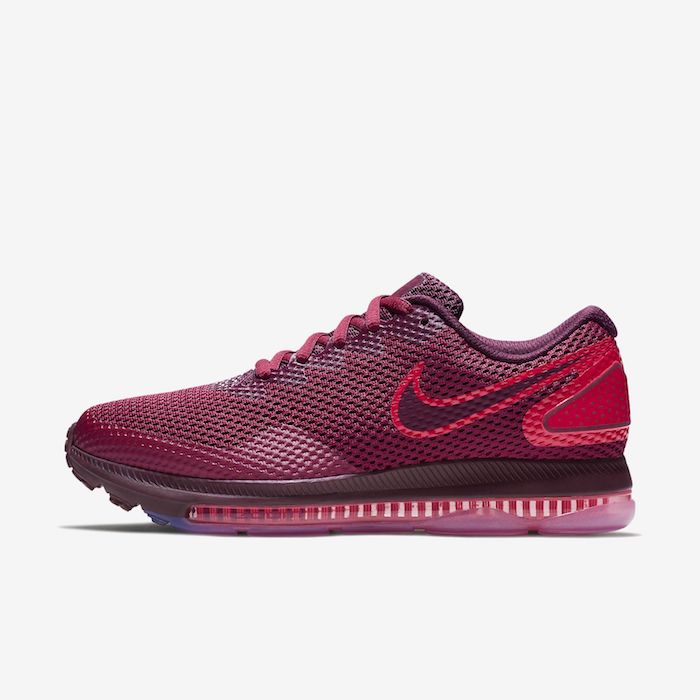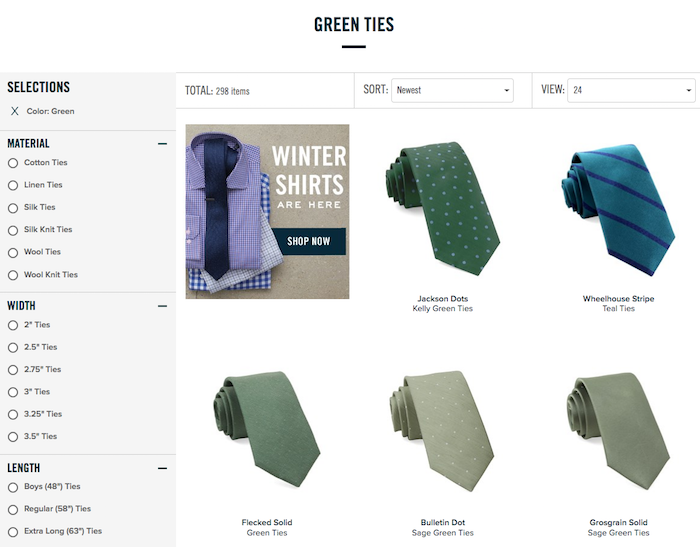Getting Started with Ecommerce Personalization: 4 Easy Pointers

In getting started with ecommerce personalization, remember that personalization simply means interacting with your online customers in a personal way. With all the talk of personalization as an ecommerce trend in 2018, it’s tempting to want to complicate the idea. On the contrary, in this article, we want to show retailers just how easy it can be to personalize your customer experience.
Personalization is going mainstream in retail. In other words, connecting with your customers in a meaningful way is now the price of entry. As eMarketer reported last year, 41% of customers said they left a retailer due to “poor personalization and a lack of trust.” Accenture, the company behind this survey, estimated these lost sales cost retailers over $756 billion. (Yes, billion.) The good news is we can turn this around.
Let’s take a look at 4 approaches to ecommerce personalization for your site.
1. Engage from Survey to Subscription

Shoppers can’t physically interact with online products, but of course, they want to be sure that they are buying products that work for them. On the landing page for Form Beauty’s personalized consultation, they own this idea: “Knowing is better than guessing.” Thus begins Form’s survey on customer hair care from texture, shampooing schedule, reaction to humidity, and more. It takes about 15 minutes to answer every question–talk about engagement!
In the end, shoppers are directed to the best Form hair products based on their answers. At the same time, Form has learned a ton about their customers. This information is the start of a relationship, and Form can skillfully use it for everything from customer-specific discounts to future product development.
If you don’t feel ready for an extensive survey, bear in mind that it can be less involved. In the Good Earth Tea Soulmate quiz, they ask a few playful questions to recommend a tea. They could expand it to ask about customer issues, such as skin health, energy, digestion, etc., but for now they use quick and fun questions to get to the best tea match. In the process, they learn about their shoppers’ lifestyles.
Personal customer data is also the engine behind online subscription services such as Blue Apron and Stitch Fix. Shoppers are growing accustomed to sharing a lot of information in order to engage a service that benefits them. As Stitch Fix prepared for their IPO last fall, eMarketer noted that they gather “over 85 meaningful points of data” with every full enrollment.
2. Talk with Shoppers Directly

In another survey example, the Italian lingerie company, Cosabella, has found success with their StyleWidget by Snap + Style Business (S+SB). In fact, it has resulted in a 30% higher sales rate for Cosabella. It’s a quick and easy survey, pictured above, but the magic happens behind the scenes. After a shopper fills out the survey, “in-house stylists respond via email with a curated selection of merchandise designed exclusively for the customer.” Amazing.
In the world of artificial intelligence and ecommerce, bots can be useful. But in the name of true personalization, Cosabella’s sales rate shows the reward for connecting stylists and shoppers together. As Guido Campello, Cosabella CEO describes it, “S+SB gives us the tool and format to cater to their personal request and help the client get the product that will fit them and work well for them, with personal commentary on how to wear it/pair it, just like you could if you came into our Cosabella shop and got help from our sales associates.”
Cosabella demonstrates a conversation with the shopper. A related idea came up at last week’s Magento Meetup in NYC. Sharit Chalamish of Temando, a platform for ecommerce shipping, suggested that merchants personalize every step of the customer journey, including the shipping. For instance, if your customer lives in an area affected by a snowstorm, send him an email with an updated delivery schedule that takes the snow into account. In this example, the email is from the retailer, not the delivery service. Through personalization like this, retailers show their customers that they are with them every step of the way.
3. Tailor Discounts to Individual Wants/Needs

Last fall, the consulting firm McKinsey published an excellent article, What Shoppers Really Want from Personalization. The whole article is helpful, but we want to point out one story in particular: A woman, age 38, ran her first 10K in Chicago. Nike acquired the woman’s email address from the race organizers. After the run, they sent her a coupon for women’s running shoes for medium-distances. She said, “It felt very specific to all my needs,” and she soon used the discount for a new pair of Nikes.
The moral of the story is that when Nike got in front of customers, they were ready with a personalized offer. Nike reached out to this customer with a coupon for a product that met her need at that moment. Other ways to think about meeting your customer at her moment of buying intention include:
- Browsing history: What products is the shopper viewing on my site? If he keeps looking at a specific dining room table, for instance, what offer I can place in front of him to make the sale?
- Location: Using real-time data, I can watch site traffic from a particular geographic area. For example, are a lot of people in Chicago shopping for winter boots in my store? How can I tailor an offer to these customers?
- Life cycle: Based on what my customer purchased last year, can I offer a discount on the next phase of product this year? For instance, if he bought an infant swaddling blanket, does he need clothes for a toddler soon? Or if she bought a DSLR camera last year, is she ready for a more advanced lens this year?
4. Personalize Content

As we’ve shared previously, over a third of online shoppers find sites via search. (At least a third; it seems that figure is growing.) To better serve this customer and convert the sale, offer them curated landing pages.
The example above shows a landing page from The Tie Bar. Right before we clicked on this page full of green ties, we searched for “mens green ties.” The Tie Bar sells all kinds of ties and accessories, but we didn’t need to sort though any other inventory to find the green ties. The first return we saw from The Tie Bar wasn’t the home page; it was a page full of green ties. The retailer has personalized our first interaction with the site to match our search inquiry. (Tip: Our colleagues at Nextopia are experts in optimizing search results from outside your site and within it.)
Retailers also have effective tools to use with shoppers after they leave a site. For instance, displaying ads to customers who viewed a product, but left the site without buying are showing good success (a.k.a retargeting). According to Invesp, “Website visitors who are retargeted with display ads are 70% more likely to convert on retailer’s website.” Customers who get retargeted via email are also engaging at high rates.
Yet, especially as this area of marketing grows more sophisticated, shoppers will want to see relevant retargeting. Retail Touchpoints addressed this idea in their article, NRF 2018: Retail Personalization Reaches a Crossroads. We look forward to helping retailers build upon this idea moving forward.
In conclusion, as we see from the examples here, retailers can scale personalization. It can be something as simple as a playful survey or as comprehensive as employing several of these techniques at once. What matters is that retailers determine the best way to relate to their shoppers and build upon it. Those who do will be rewarded with happy customers who are likely to return.
